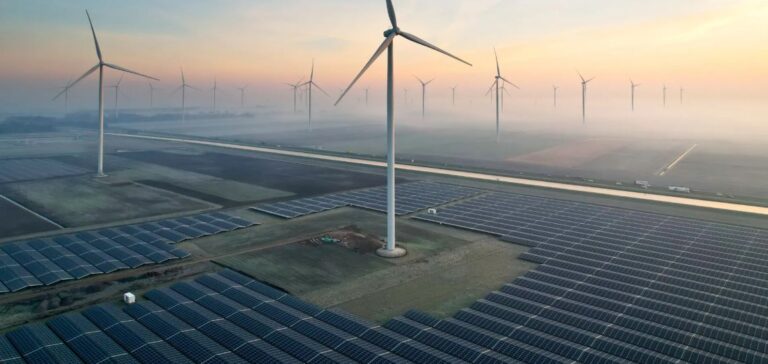Australia has taken a significant step in its energy transition by launching a tender to add 6 gigawatts (GW) of renewable energy capacity to its National Electricity Market (NEM). This initiative is part of the Capacity Investment Scheme (CIS), an ambitious program targeting the deployment of 32 GW of renewable and storage capacity by 2030.
The CIS aims to ensure a transition aligned with national climate objectives while meeting the growing demand for electricity. This fourth tender, named Tender 4, marks a key milestone in this effort.
Modalities and Schedule
Tender 4 has been officially announced with a Market Brief outlining participation modalities. Registrations are open and will close on February 11, 2025. An initial project submission phase, called Stage A, will begin on December 13, 2024. The process has also been expanded to include projects that were not selected in previous tenders, particularly Tender 1.
Capacity Allocation
The planned 6 GW will be distributed across various jurisdictions, reflecting local energy needs and priorities:
– New South Wales (NSW): 2.2 GW.
– Victoria: 1.4 GW.
– South Australia and Tasmania: 0.3 GW each.
– Unallocated capacity: 1.8 GW.
This distribution highlights the central role of states like New South Wales and Victoria, which receive a significant portion of the allocated capacity.
Eligibility Criteria
All projects located within NEM jurisdictions, including the Australian Capital Territory (ACT) and Queensland, are eligible. The program particularly encourages initiatives combining renewable technologies and grid-adapted storage solutions, an essential approach to enhancing the resilience and stability of the electrical system.
Impacts and Challenges
The Capacity Investment Scheme demonstrates Australia’s commitment to reducing carbon emissions from its electricity network. Beyond environmental benefits, the program stimulates investments in energy infrastructure and creates economic opportunities, especially in innovative technologies.
Efforts by jurisdictions like New South Wales and Victoria illustrate a strong willingness to lead in the energy transition, thereby reinforcing their strategic role within the NEM. In the long term, this initiative could serve as a model for other nations seeking to balance economic growth with environmental sustainability.





















